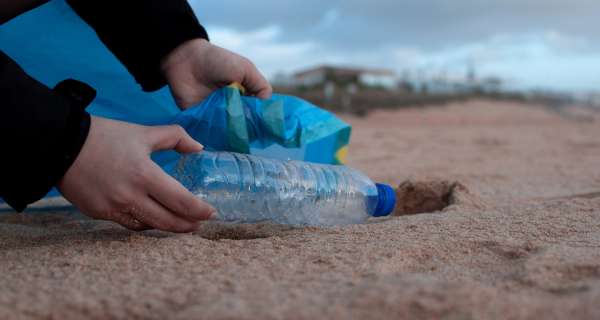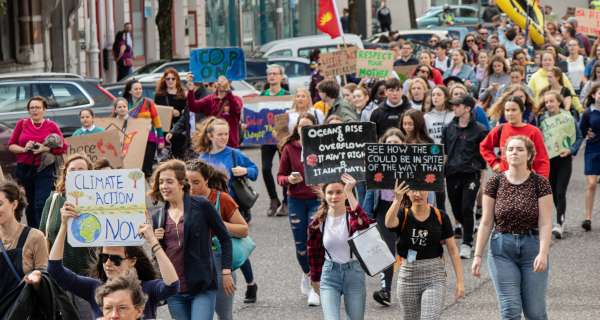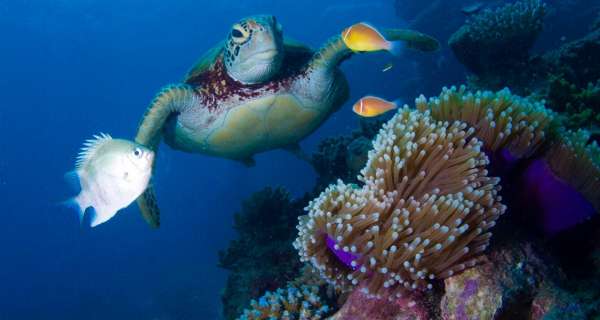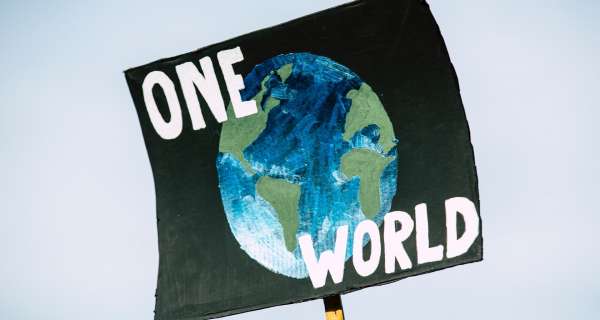Target 14.4: Sustainable fishing
UN definition: "By 2020, effectively regulate harvesting and end overfishing, illegal, unreported and unregulated fishing, and destructive fishing practices and implement science-based management plans, in order to restore fish stocks in the shortest time feasible, at least to levels that can produce maximum sustainable yield as determined by their biological characteristics."
Fish stocks within sustainable levels - SDG Indicator 14.4.1
Definition: Indicator 14.4.1 is the "proportion of fish stocks within biologically sustainable levels".
This indicator measures the proportion of global fish stocks which are overexploited, fully exploited, and not fully exploited. Sustainable levels of fish stocks are those which are underexploited or fully exploited. Overexploited fish stocks are unsustainable.
A fish stock with an abundance equal to or above the maximum sustainable yield (MSY) is classified as biologically sustainable. When abundance falls below the MSY level, the stock is considered biologically unsustainable.
Goal: "By 2020, effectively regulate harvesting and end overfishing, illegal, unreported and unregulated fishing and destructive fishing practices and implement science-based management plans, in order to restore fish stocks in the shortest time feasible, at least to levels that can produce maximum sustainable yield".
Unlike most SDG targets, which have the target year of 2030, this indicator is set to be achieved by 2020.
Target 14.5: Conserve coastal and marine areas
UN definition: "By 2020, conserve at least 10 percent of coastal and marine areas, consistent with national and international law and based on the best available scientific information."
Protected marine areas - SDG Indicator 14.5.1
Definition: Indicator 14.5.1 is the "coverage of protected areas in relation to marine areas".
Particular marine areas — specifically those of special scientific interest and high biodiversity — are often reserved and protected within national and international law. This indicator measures the share of territorial waters which are reserved for this protection.
Goal: "By 2020, conserve at least 10 percent of coastal and marine areas, consistent with national and international law".
Unlike most SDG targets, which have the target year of 2030, this indicator is set to be achieved by 2020.
Target 14.6: End subsidies contributing to overfishing
UN definition: "By 2020, prohibit certain forms of fisheries subsidies which contribute to overcapacity and overfishing, eliminate subsidies that contribute to illegal, unreported and unregulated fishing and refrain from introducing new such subsidies, recognizing that appropriate and effective special and differential treatment for developing and least developed countries should be an integral part of the World Trade Organization fisheries subsidies negotiation."
Combat illegal, unreported and unregulated fishing - SDG Indicator 14.6.1
Definition: Indicator 14.6.1 is "progress by countries in the degree of implementation of international instruments aiming to combat illegal, unreported and unregulated fishing".
Goal: "Prohibit certain forms of fisheries subsidies which contribute to overcapacity and overfishing, eliminate subsidies that contribute to illegal, unreported and unregulated fishing and refrain from introducing new such subsidies" by 2020.
Unlike most SDGs, which are set for the year 2030, this indicator is targeted for 2020.

























0 Comments